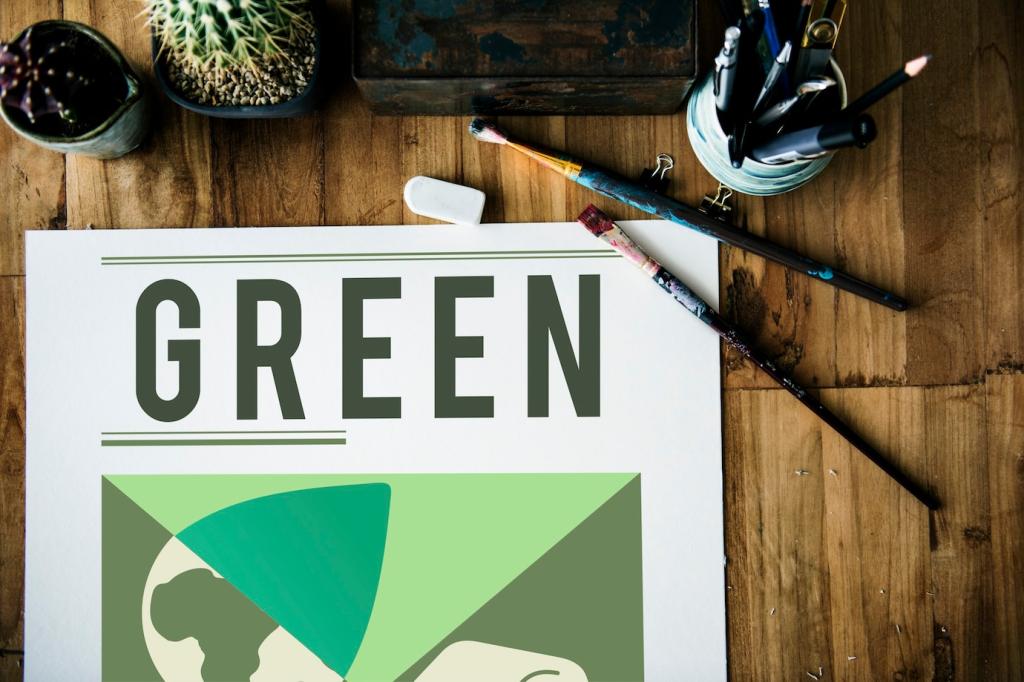DIY Eco-Conscious Upholstery Care: Gentle, Green, and Gorgeous

Light, Consistent Care: Daily and Weekly Habits
Use a vacuum with a soft upholstery brush and a HEPA filter to capture dust and allergens. Follow seams and crevices patiently. Weekly attention prevents grit from abrading fibers and keeps colors bright. Share your favorite attachment or technique—our readers love practical, low-effort tips that actually work.
Light, Consistent Care: Daily and Weekly Habits
Open windows for airflow, rotate cushions, and allow natural light to discourage musty odors. Avoid harsh sun on delicate fabrics to prevent fading. A fifteen-minute breeze session works wonders. Post your routine snapshot and tag us—your setup could inspire a fresher rhythm for someone else’s living room.


Tannins: Coffee, Tea, and Red Wine
Blot fresh spills immediately with a dry cloth, then apply club soda sparingly to lift tannins. For stubborn marks on W-code fabrics, add a drop of castile soap to distilled water. Rinse by blotting with plain distilled water. Share your toughest tannin triumph to help others build confidence.
Proteins: Milk, Yogurt, and Blood
Use cold distilled water first; heat sets protein. For W-code fabrics, apply a plant-based enzyme cleaner according to the label, then blot and rinse. Patience beats aggression. If the fabric is S-code, consult the community for low-VOC alternatives. Tell us which enzyme brand worked best for you.
Oils and Grease: Butter, Salad Dressing, Cosmetics
Sprinkle baking soda or cornstarch to absorb oils, wait fifteen minutes, then vacuum gently. On W-code fabrics, follow with a diluted castile solution and careful blotting. Always finish with a distilled-water rinse to prevent residue. Got a miracle before-and-after photo? Drop it below for fellow readers.


Deep Clean, Low Impact
Whisk a small amount of castile soap into distilled water to create gentle foam. Apply the foam, not liquid, with a soft brush, then lift dirt by blotting with a barely damp cloth. This low-moisture method reduces water rings. Have you tried it? Tell us how your cushions responded.
Deep Clean, Low Impact
Light steam can relax fibers and refresh odors on certain W-code synthetics, but avoid S and X codes. Keep the steamer moving, never soak, and test first. Ventilate to protect indoor air quality. If you have a steam success—or disaster—story, share it to guide other careful cleaners.
Repair, Refresh, and Upcycle Sustainably
Hand-stitch small tears with strong, color-matched thread, or use a discreet patch from fabric remnants under cushions. A neighbor once saved her heirloom chair with ten careful stitches and a teacup of patience. Tell us your proudest repair—photos welcome—to inspire mindful fixes over costly replacements.
Repair, Refresh, and Upcycle Sustainably
Use a fabric comb or battery lint shaver with a light touch, especially on knits and blends. Finish with a vacuum pass to collect fuzz. This quick ritual restores texture, reduces friction wear, and makes rooms feel calmer instantly. Share your favorite tool and technique for pill-prone armrests.


Protect and Prevent the Eco Way
Use washable throws or slipcovers made from organic cotton or recycled fibers on high-traffic spots. Rotate cushions monthly to distribute wear and sun exposure. This habit delays reupholstery and keeps forms even. What slipcover brand or DIY pattern has worked for you? Share a link or tip for others.
Keep a lint brush by the door, train pets off delicate zones, and choose darker, tightly woven fabrics for play areas. A small caddy with cloths and distilled water encourages fast responses. Tell us your family-tested strategies so other readers can keep spaces welcoming without harsh chemicals.
If using fabric protectants, choose low-VOC, water-based formulas suited to W-code fabrics, and apply only after successful patch tests. Ventilate thoroughly and follow manufacturer guidance. For S and X codes, seek expert advice before any treatment. Have a trusted product? Recommend it and explain why it behaved kindly.

Join our mailing list
